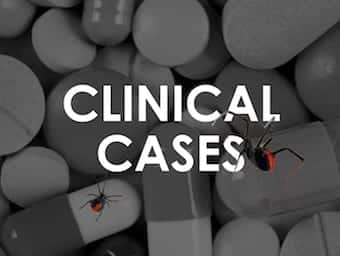
Lithium, Vomiting And Diarrhoea
Your next patient has swallowed over 80 grams of lithium. What are you going to do about it?

Your next patient has swallowed over 80 grams of lithium. What are you going to do about it?

Pseudomembranous colitis (PMC); acute inflammatory disease of colon commonly associated with antibiotic use; C. difficile implicated as a causative organism in 1970’s

Portopulmonary Syndrome is NOT considered contraindication to liver transplantation; affects ~20% of pre-transplant patients; usually due to increased blood flow through the lungs without increased resistance

Storage lesions are the adverse effects associated with the storage of blood; begins after about 2 weeks of storage and progresses with duration of storage ('RBC age')

Aerobic gram positive bacteria

infective endocarditis is a disease characterised by inflammation of the endocardium, typically affecting the heart valves and usually caused by infection and can be acute, subacute or chronic

Hepatopulmonary Syndrome = hepatic dysfunction + intrapulmonary vasodilation -> gas exchange abnormalities; imbalance between intrapulmonary vasoconstriction and vasodilation at the pre- and post-capillary level

Chronic Liver Disease

Blood transfusion complications may be early or late

Anemia and blood transfusion is common in the critically ill, and are associated with costs and morbidity/ mortality

Tumour Lysis Syndrome: oncological emergency due to turnover of high cell mass malignancies resulting in severe metabolic derangement

von Willebrand Disease: commonest inherited coagulation disorder (autosomal dominant); protein involved in (1) platelet adhesion and (2) carriage of factor VIII; leads to: factor VIII deficiency, abnormal platelet adhesiveness and abnormal vascular endothelium